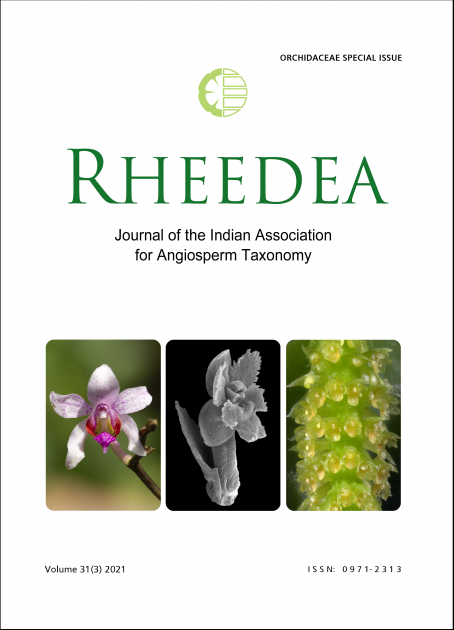Attachment mechanisms of epiphytic orchid seeds reconsidered
Rasmussen H.N.* & F.N. Rasmussen
Published on : 16-Oct-2021
DOI : https://dx.doi.org/10.22244/rheedea.2021.31.03.03
DownloadAbstract
Orchid seeds generally are “dust” seeds with adaptations towards wind dispersal, and they have many features in common throughout the family. Epiphytism has evolved only within certain subgroups of the Orchidaceae, and it is unclear what seed adaptations favour epiphytism, as compared to the terrestrial lifeform. Seed attachment to bark has attracted very little attention in orchid biology. So far, Chiloschista lunifera (Rchb.f.) J.J.Sm. is the only species reported to have an actual attachment mechanism. In this study, we attempt to confirm old records of seed coat mucilage production in 15 test species, and provide data on seed weights and lengths to test differences according to life form. Uptake of water and seed attachment are likewise compared. Seeds of epiphytic species tended to be shorter than those of terrestrials. In epiphytic species we found cases of very fast germination, within 20 h of exposure to water. Mucilage production could not be demonstrated microscopically. Attachment of dry seeds to a vertical smooth surface was generally high, in both epiphytic and terrestrial species, but in many species attachment was increased by previous water exposure.
